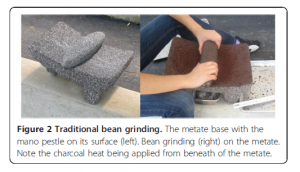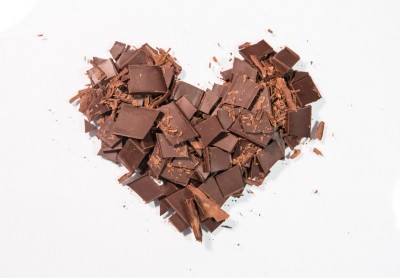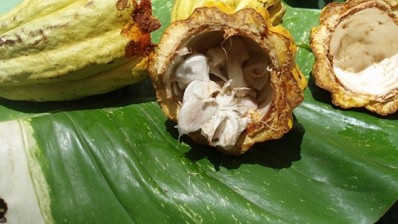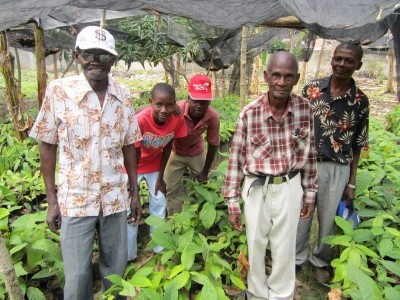Exclusive
Cocoa flavanol content varies depending on origin, says Callebaut

The company has conducted in-depth screening on flavanol content in cocoa beans from different origins.
It is keeping precise details under wraps, but told ConfectioneryNews.com during a site visit that beans from Central and South America were the optimum areas because of the soil, climate and the strain of beans.
Herwig Bernaert, R&D innovation at Barry Callebaut, said: ”The flavanol content ranges from 3% to 11% flavanols in non-cured dried beans. Thus selecting the right area is crucial in making high flavanol products.”
Health benefits
Cocoa flavanols have been associated with a series of health benefits including improved cardiovascular health, cognitive function and blood flow.
The European Food Safety Authority (EFSA) is currently finalizing a health claim from Barry Callebaut to say cocoa flavanols help the “maintenance of the elasticity of blood vessels”. See HERE.
Callebaut hopes to use the claim on products made through its flavanol-preserving Acticoa method, a process that maintains 80% of cocoa flavanols usually destroyed in the chocolate-making process.
Type of cocoa
“The amount of flavanols is linked to type of cocoa and the area combined,” said Bernaert.
“For instance in Brazil, for the cocoa bean type PH16 the flavanol content varies between 5% and 9%. So it is not about saying a specific origin, it is about selecting a good farmer partner which is located in an optimal area, has the right cocoa clone and has a good control over its process to preserve the flavanols untill the dried bean.”
Production process
He said that the key to high-flavanol cocoa was selecting the right cocoa bean and then optimizing the production process to ensure flavanols are not lost.
“During the production process from bean to chocolate, the product undergoes several process steps which has an impact on the flavanol stability,” he said.
Traditional processing: No clear benefits
A recent study by Chin et al. in the journal Heritage Science dismissed the idea that traditional Mesoamerican processing could yield higher antioxidant activity and flavanol content than modern methods.
The study compared cocoa consumed by native peoples of Mesoamerica to cocoa from the Ivory Coast, the top producing nation.
Beans were either processed using pilot scale modern techniques including ball mill grinding or through a traditional method of roasting whole beans on an earthenware comal heated with wood charcoal, then grinding the beans to a paste using a stone metate and mano (as pictured).
The researchers found unprocessed Mexican Lavado cocoa beans had the highest antioxidant capacity and flavanol content, but no clear advantage was seen in traditional techniques, despite some extra presence in Ivorian beans processed traditionally.










